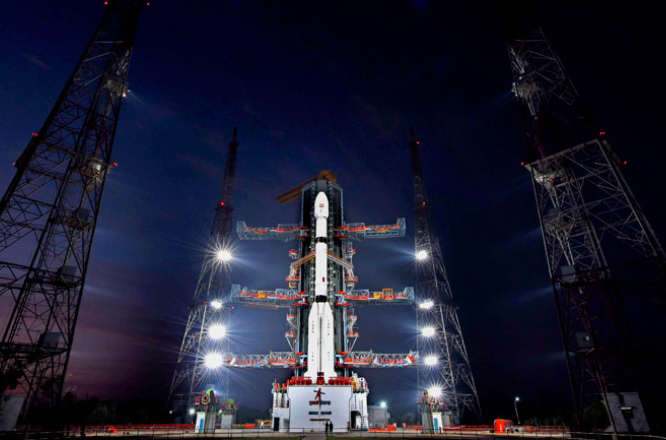ISRO GSLV Mission to Launch INSAT-3DS Weather Satellite
The Indian Space Research Organisation (ISRO) is set to launch the advanced INSAT-3DS meteorological observation satellite on 17th February 2023 from Satish Dhawan Space Centre, Sriharikota using a Geosynchronous Satellite Launch Vehicle (GSLV) rocket. The mission aims to place INSAT 3DS at into a geo synchronous transfer orbit.
About INSAT-3DS
INSAT-3Ds satellite is a follow-on mission of Third Generation Meteorological satellite from Geo stationary orbit. It is the latest satellite in India’s advanced INSAT-3D series designed for weather monitoring, forecasting and disaster warnings from geostationary orbit. It carries optical imaging and atmospheric sounding payloads providing meteorological data to aid weather predictions.
GSLV Rocket Launch Vehicle
The rocket chosen to carry the 2,268 kg INSAT-3DS to geosynchronous transfer orbit is ISRO’s heavy-lift GSLV Mk II variant that has Cryogenic Upper Stage with indigenous high thrust cryogenic engine providing higher payload capacity. The rocket has been dubbed as the “Naughty boy”. It will be the rocket’s 16th mission overall and its 10th flight using the indigenously developed cryogenic engine.
GSLV Mk II Capability
Having previously launched advanced communications satellites like GSAT-7A (2018) and geo imaging satellite GISAT-1 (2021), the GSLV is capable of placing 2.5-ton class spacecraft in intended orbits. Out of 5 prior launches in Mk II configuration, 4 have been successful highlights its reliability.
Significance of GSLV Rockets
The GSLVs play crucial role in self-reliant launch capability for deploying advanced Indian satellites without dependence on overseas launchers, saving time and cost overheads. SUCCESS designates indigenous cryogenic engine prototypes over earlier Russian sourced stages.
Naughty Boy Rocket
The spacecraft has been dubbed the “naughty boy” of the Indian space programme by a former chairman of the ISRO.
The GSLV holds a failure rate of 40 per cent. Out of its total 15 space missions till date, GSLV F14 has faced problems in six of them. The last mission involving this spacecraft was in May 2023, which was a success, but the one before that had failed.
Objectives of the Mission
The INSAT-3DS aims to supplement data from operational satellites INSAT-3D and INSAT-3DR already monitoring weather patterns and enabling accurate cyclone predictions as part of Indian National Satellite System. Its imagery helps in disaster management.
The objective of the mission is to monitor the earth’s surface and carry out Oceanic observations and the environment in various spectral channels of meteorological significance.
The mission will figure out various meteorological parameters of the atmosphere and provide data on important aspects related to weather and satellite aided search and rescue services.
Category: Science & Technology Current Affairs


